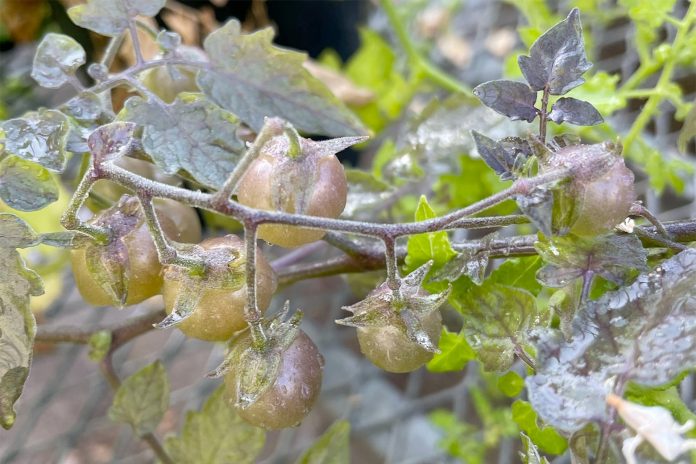In a rare twist of evolutionary biology, researchers have discovered that some wild tomato plants on the Galapagos Islands are producing toxic compounds that closely resemble those created by their ancient ancestors—suggesting that these plants may be “evolving backwards.”
The discovery was made by a team from the University of California, Riverside (UC Riverside), who were studying the chemical makeup of tomato plants across the Galapagos to better understand alkaloids—bitter-tasting compounds that plants in the nightshade family (which includes tomatoes, eggplants, and potatoes) use to deter pests and diseases. These alkaloids serve as natural defense mechanisms against fungi, insects, and other animals. However, when produced in excess, they can become harmful to humans.
“Our group has been working hard to characterize the steps involved in alkaloid synthesis, so that we can try and control it,” said Adam Jozwiak, a molecular biochemist at UC Riverside and lead author of the study.
What the team found challenged traditional assumptions about evolutionary progression. On the geologically younger western islands of the Galapagos, some tomato plants were found producing a blend of alkaloids identical to those found in ancient relatives of eggplants—plants that lived millions of years ago. In contrast, tomatoes growing on the older eastern islands were producing alkaloids similar to those found in today’s domesticated tomatoes.
To understand the cause of this shift, the researchers examined the genetic makeup of the western island plants. They traced the chemical shift to just four amino acid changes in one of the plant’s enzymes. These minor genetic alterations were enough to reorganize the enzyme’s molecular structure, causing the plant to revert to a more toxic alkaloid profile.
The team believes that this change was triggered by the harsher environmental conditions present on the western islands, such as poorer soils and more extreme climate, which may have pressured the plants to ramp up their chemical defenses.
To further validate their findings, the researchers induced the same amino acid changes in tobacco plants, another member of the nightshade family. The result: the tobacco plants also began producing the older, more toxic alkaloids—strongly suggesting that the mechanism was replicable and not unique to the Galapagos tomatoes.
The team also created computer models using modern tomato DNA to simulate what ancestral plants would have looked like before they evolved. The simulation revealed that the alkaloid profile of the ancient model matched almost exactly with that of the current western island tomatoes, reinforcing the idea that the plants had reverted to an earlier state.
While some scientists remain skeptical of the concept of reverse-evolution, Jozwiak believes the evidence is convincing. “Some people don’t believe in this,” he said. “But the genetic and chemical evidence points to a return to an ancestral state. The mechanism is there. It happened.”
The implications of the study go beyond academic curiosity. According to Jozwiak, the findings could reshape how scientists understand the process of evolution—not as a strictly linear path, but as something more dynamic and responsive to environmental pressures. He even suggests that under certain circumstances, such reversals could happen in humans.
Additionally, the ability to control such changes at the molecular level could have practical applications in agriculture and medicine. “If you change just a few amino acids, you can get a completely different molecule,” Jozwiak noted. “That knowledge could help us engineer new medicines, design better pest resistance, or even make less toxic produce. But first, we have to understand how nature does it. This study is one step toward that.”
The findings were published in the journal Nature Communications.
Source: UC Riverside


